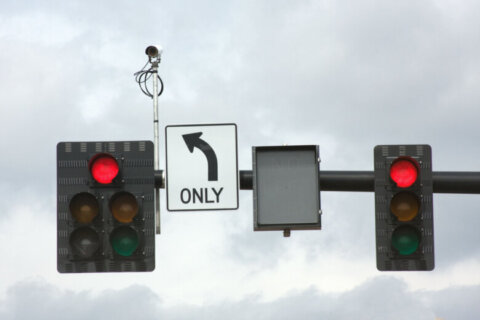New research suggests that improving how walkable D.C. is would require more than adding sidewalks and access to transportation around town.
The Urban Institute’s new report on walkability argued that exposure to noise and air pollution, how close someone is to schools, jobs and hospitals and fewer interactions with the police all contribute to how appealing walking is for residents in the District’s various neighborhoods.
Addressing each of those criteria would make D.C.’s walkability more racially equitable, which the think tank said has long been an issue in U.S. city planning.
“Walkability across the U.S. is highly racialized, with communities of color living in less-walkable neighborhoods that have fewer street lights, higher speed limits, and more police stops per capita,” the report said.
For instance, the Urban Institute said that wealthier neighborhoods with a higher proportion of white residents in Northwest have few encounters with police, little air or noise pollution and some of the safest streets for walking.
Meanwhile, the neighborhoods across the Anacostia River — which have a higher proportion of residents who are nonwhite, have lower incomes or have a physical disability — live with lower access to resources, unkempt sidewalks and a higher number of police interactions.
The research laid out a few steps the District’s policymakers can take to improve how racially equitable walkability is in the city:
- Expand tree cover in the densest parts of the city.
- Increase nonautomotive modes of transportation in central areas.
- Reduce noise pollution.
- Support more equitable access to key resources.
- Prioritize road design that limits the need for police traffic enforcement.
You can read the full report and check out its interactive map online.








